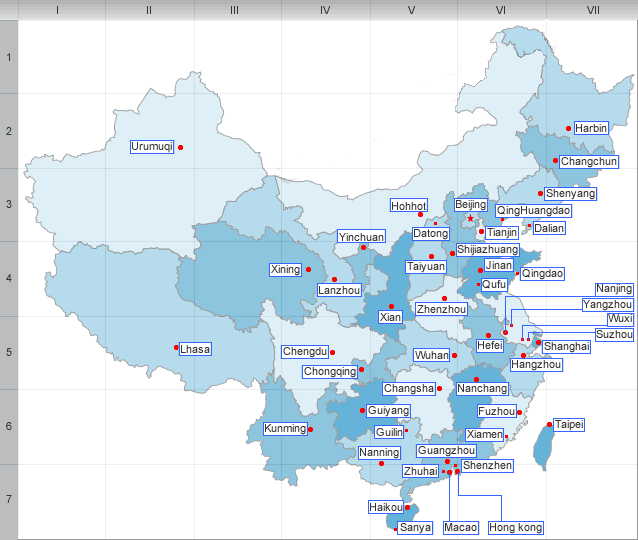Economy of Chongqing
Economy
Historically, Chongqing has been a major trading inland port, transporting goods from the southwestern provinces to eastern China. During the Sino-Japanese War (1937-1945), Chongqing was transformed into a heavy industrial city, especially the military industry which continued to thrive for decades after 1949. Since the 1980s, many of these military industry enterprises have undergone reforms and turned from producing military goods to mostly civilian products for survival and growth.
Chongqing is rich in natural resources, with more than forty kinds of minerals. Its coal reserves are estimated to be 4.8 billion tonnes. The Chuandong Natural Gas Field in Chongqing is China’s largest inland production base of natural gas, with deposits of 270 billion m³, accounting for more than one-fifth of China’s total. Chongqing also contains China’s largest reserve of strontium, and China has the second largest reserve of the mineral in the world. Important industries in Chongqing include mining, iron, steel, aluminum, military, auto, motorcycle, chemical, textiles, machinery, electronics, building materials, food processing, retail, and tourism. Chongqing is also home to Asia’s largest aluminum plant. Manganese mining is the most important industry in the Xiushan area, but has been criticised for wasting resources, ruining the local environment and causing industrial accidents.
Chongqing’s agricultural sector still employs a significant portion of the population. Other than rice, fruits especially oranges are important sources of income for the farmers. In the past twenty-five years, surplus labor resulted a huge number of farmers to migrate to the relatively more developed industrial centers of southern and eastern China for employment opportunities, thus making Chongqing one of the biggest labor export areas in China.
The central government has recently embarked on an economic policy that is aimed to develop western China: the China Western Development strategy. As part of this new plan, the central government has heavily invested in Chongqing’s infrastructure and has made a plan for Chongqing to become the "Gateway to the West". Located at the head of the reservoir behind the Three Gorges Dam, Chongqing is planned to be the beachhead for the development of the western part of the country. With the completion of the Three Gorges project, its reservoir will bring ocean going ships to the quays of Chongqing. The hope is that this gritty fogbound megalopolis may become a Chinese Chicago, opening up the interior, shifting the country’s centre of gravity west, and kick-starting the economy – as did Chicago in the United States of the nineteenth century. Massive public works are currently under way in the city, including overhead and surface commuter rail lines connecting the many districts of the city. Foreign investment in the city is growing at a fast pace. Chongqing is enlarging its commercial sector. New development zones such as the Chongqing New North Zone (CNNZ) located north of the downtown district have been established to form Chongqing’s modern twenty-first century industrial base.
| PREV:History of Chongqing | Next:Transportation of Chongqing |



